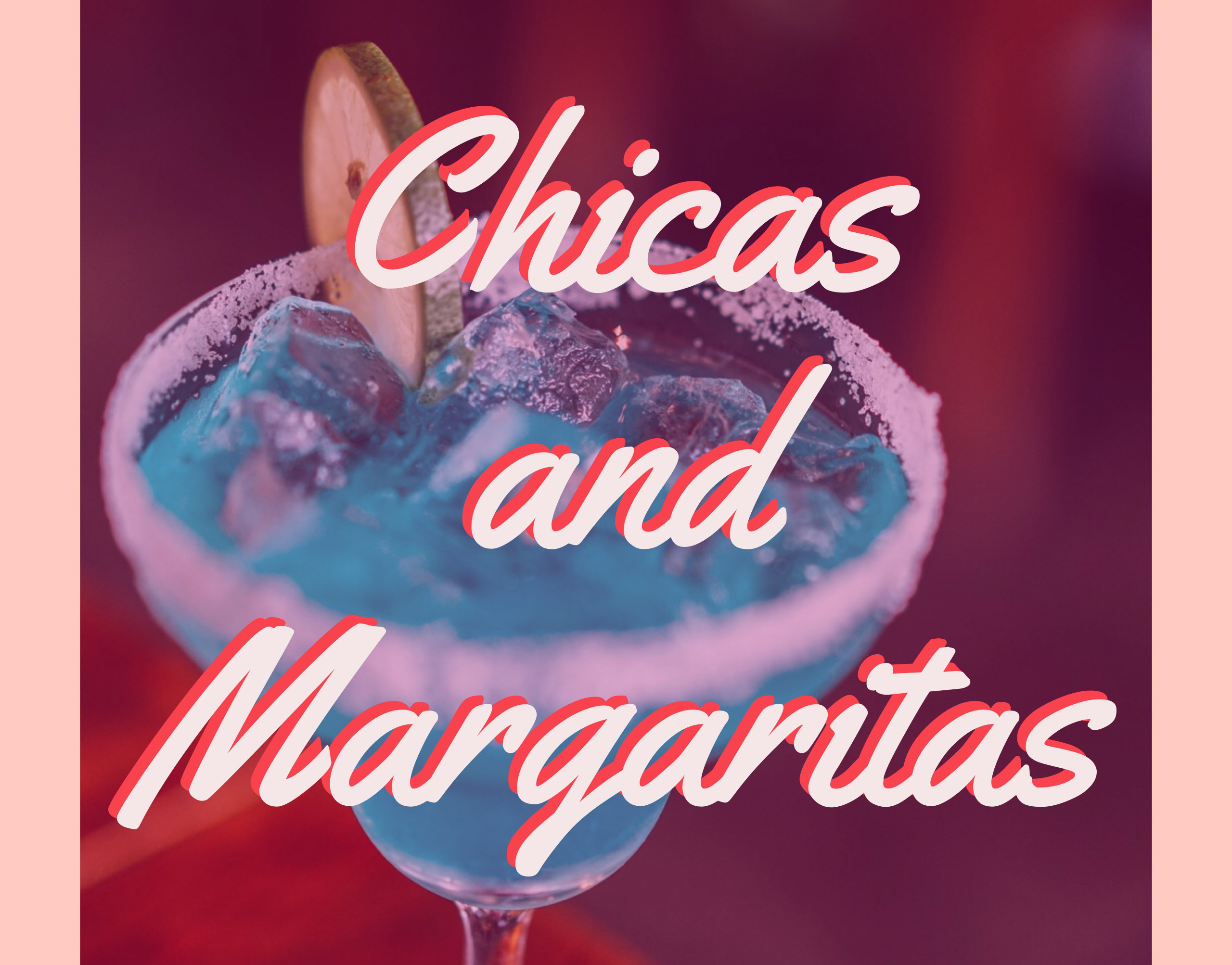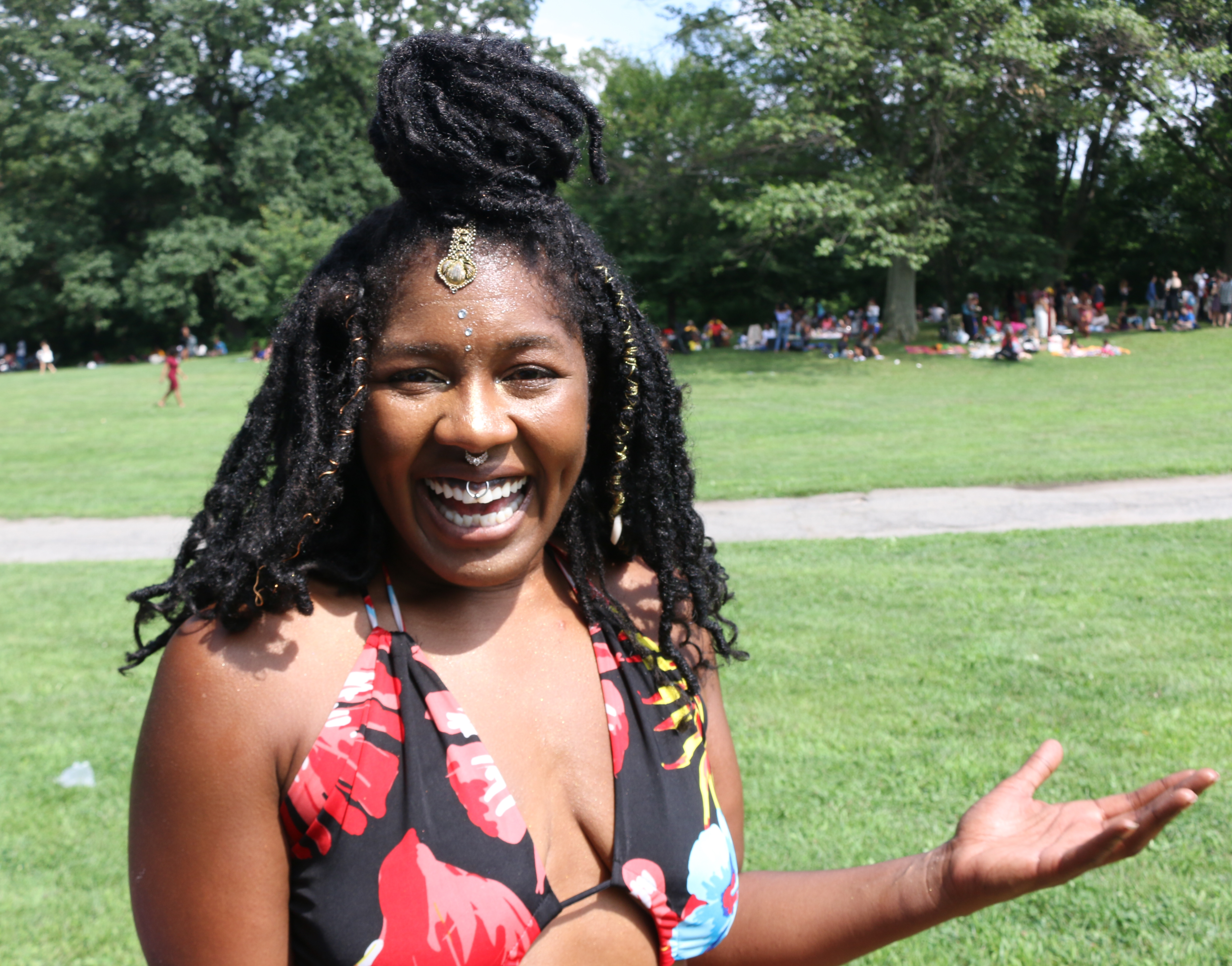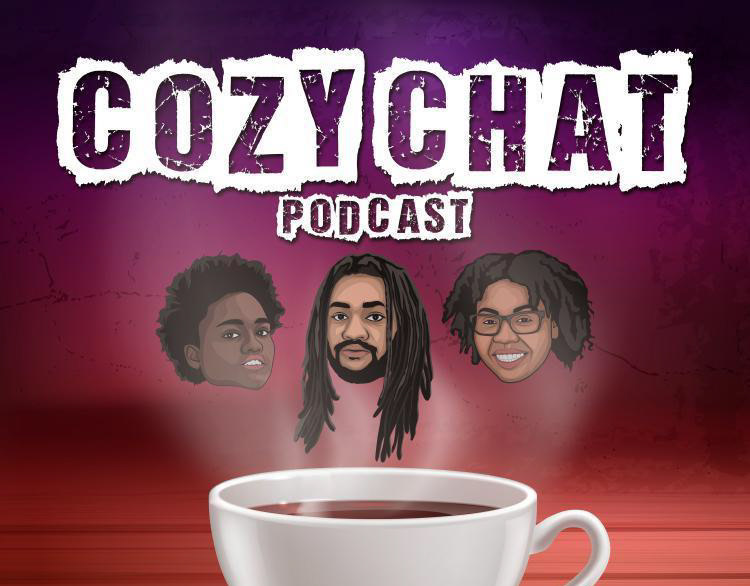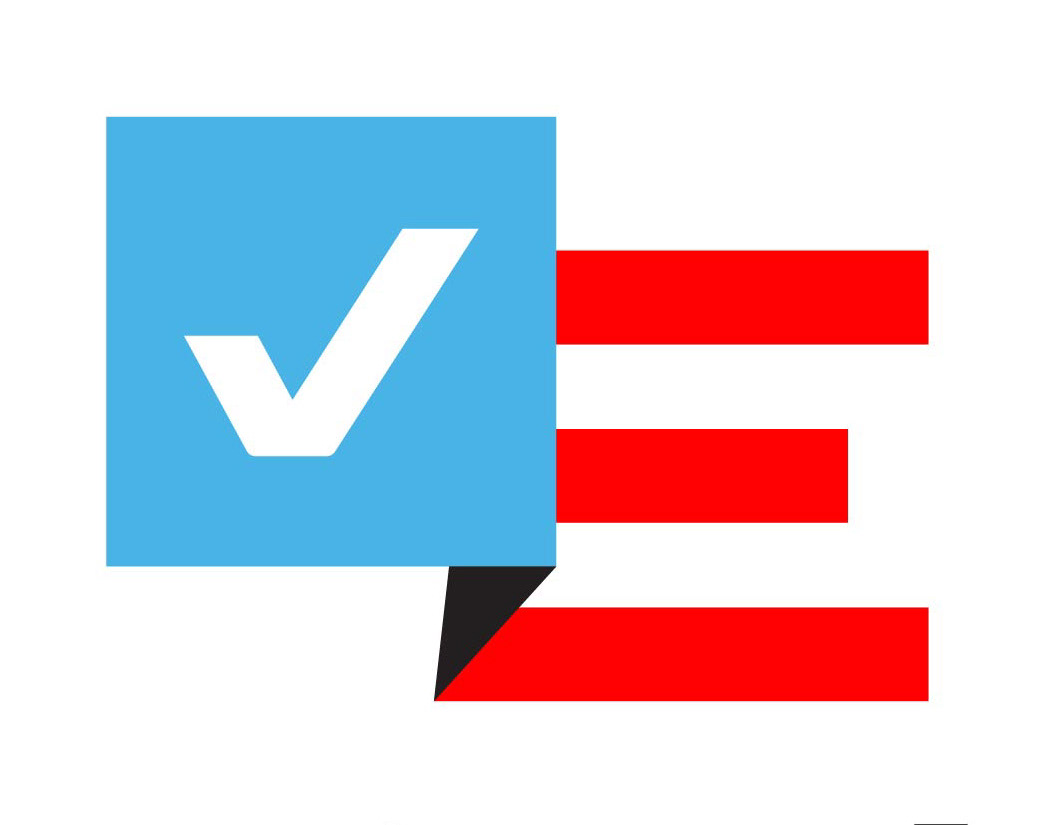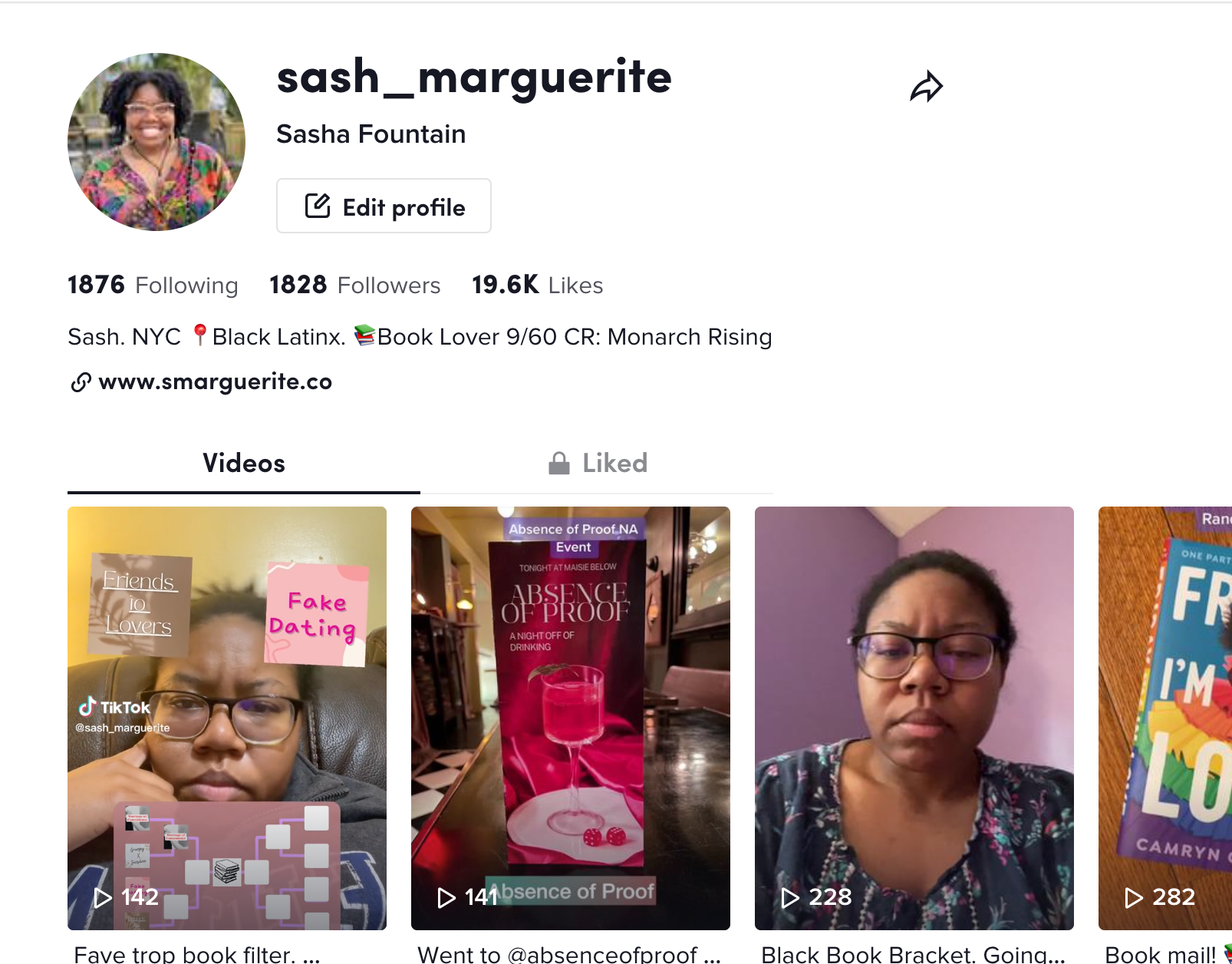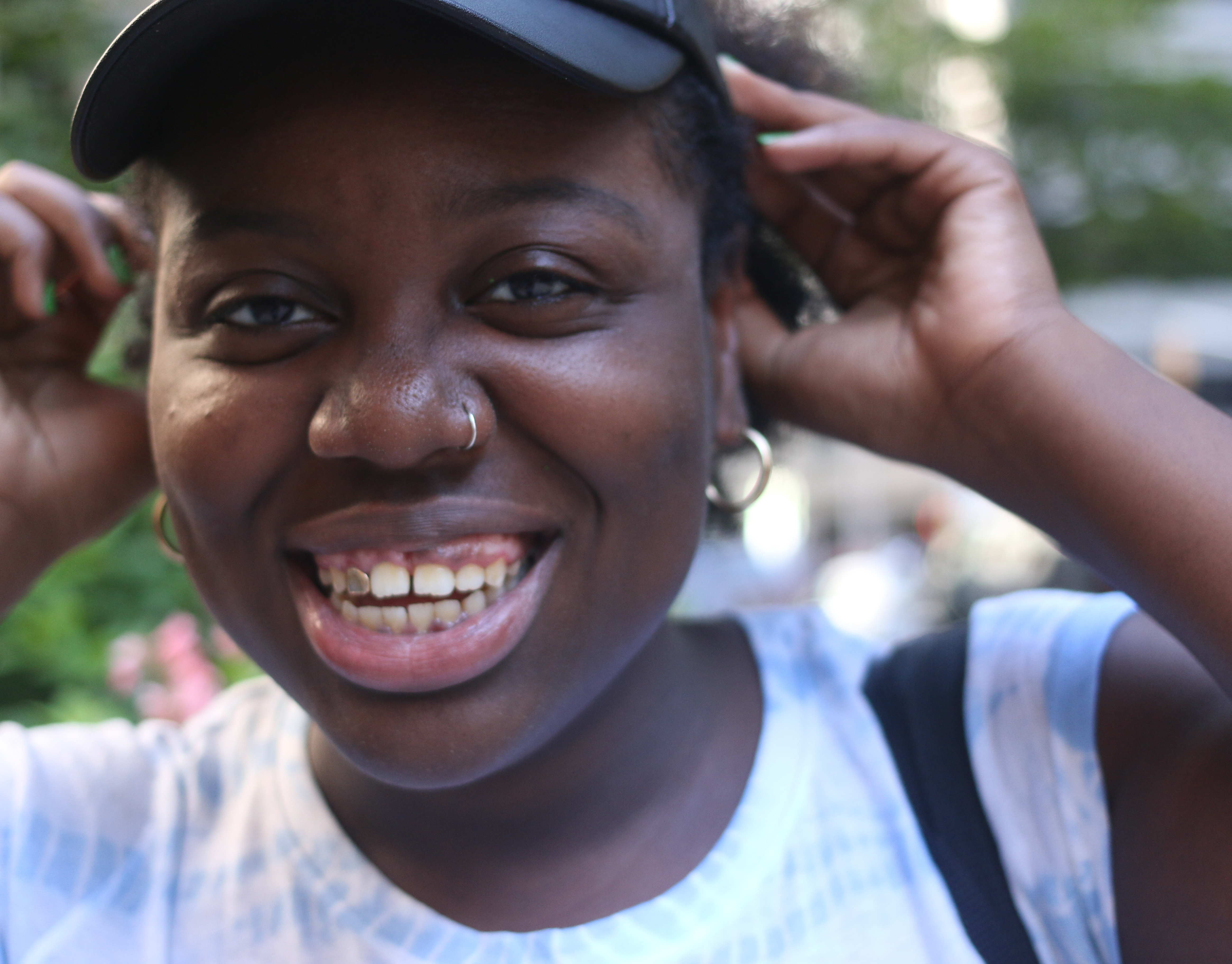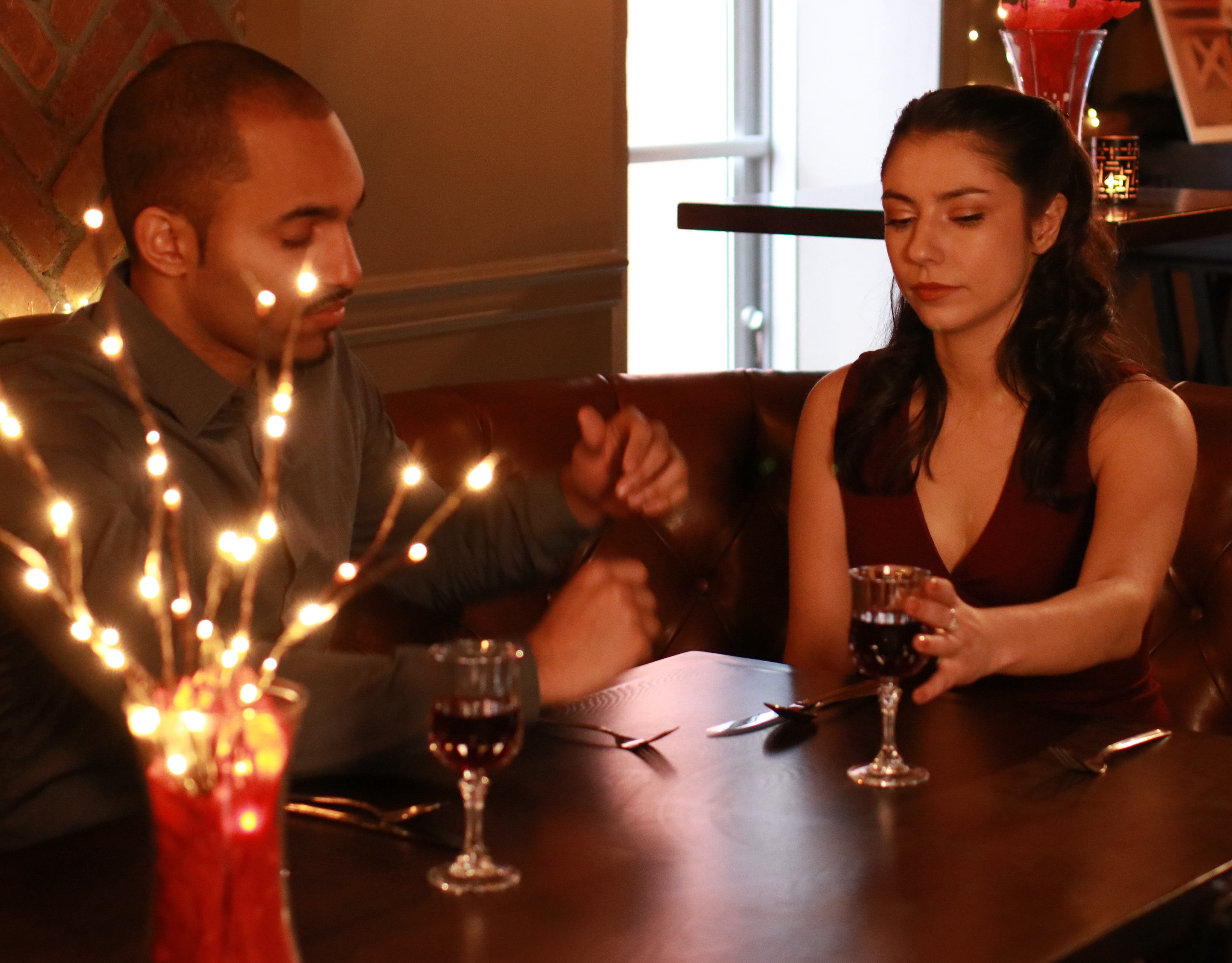My mother and myself at The Afro Latino Festival NY 2016.
Originally posted on The Mujerista
My hair has been called “pelo malo” or bad hair ever since I was a little girl. I remember going to a Dominican hair salon to get my hair straightened (not “permed” aka permanently straightened) for my first communion and the stylist did not know that I’m African-American and Panamanian/Costa Rican. So when she washed my hair she assumed I didn’t understand Spanish and complained about how bad my hair was to her coworker. It made mw feel horrible because I was young girl in a salon full of women with long straight or wavy hair and they seemed to be the standard of beauty I was supposed to aspire to.
When it came to my hair, my mom struggled but she put her best efforts into taking care of it. Still, pain and tears were usually involved in the process of styling my hair. She never told me that my hair was bad, but eventually I came to that conclusion on my own. Eventually, around age 10 I decided I didn’t want my “fro” anymore; I wanted to have straight hair because it seemed easier than what I was dealing with.
The women I saw on television had it easy. Their hair was silky straight, shiny and easy to handle. Everything mine wasn’t. My hair had to be tamed into braids on a weekly basis. I saw younger girls getting their hair permed at the salon and I begged my mom to let me get my hair straightened too. She wouldn’t let me, at least not at first.
Eventually she caved, but prior to that she had let me straighten my hair at age 8. I got so many compliments about how nice my hair looked and how it looked better straight. Once I washed my hair my fro was back and I begged my mom to get my hair permed like her. I wanted to to stay straight.
As long as I could remember my mom, faithfully went to her bi-weekly salon appointments. She would take me with her on Saturdays and I would sit off to the side reading while the stylist washed, pressed and straightened the kinks out of her hair. Born in 1950s Panama, my mother had begun perming her hair in her teens and continued that routine until the early 2010s.
Around the end of elementary school, she allowed me to get my hair permed. Now I wasn’t sitting off to the side, I was getting my hair done as well and most Saturdays were consumed by our salon appointments.
That routine had its own challenges. The decade I spent getting my hair permed was full of chemical burns, wincing because the blow-dryer was too hot or a curling iron touched my skin. Any person who has experienced a perm knows that application is always hard no matter how many times you’ve gotten it done. Halfway through putting the “creamy crack” on your head, an intense tingling sensation which quickly turns into a burn begins. You’re expected to withstand the pain until the stylist can finish and wait for it to straighten the kinks and then they’ll wash it out.
Over time I got lazy and started missing hair appointments, it didn’t hurt that I had a chemical burn so bad that a patch of hair in the middle of my head had broken off. I was frustrated with my hair and the fact that I had to keep going to the salon so my mom started washing and styling my hair again. Shortly after that I started undergrad where I was exposed to the concepts of beauty standards and hair politics.
I began to wonder why straight hair is the ideal that everyone is aspiring to. Hair is supposed to be neat and professional but by whose standards? Our society operates on the basis that lighter skin and straighter hair are the norm while everything else is “other” or exotic. What is considered beautiful is ingrained into us at a young age by the media we consume and sometimes by friends and family.
The norms that have been created and spread by media and internalized by many of us came from somewhere. These Eurocentric ideals often came from colonizers and oppression of people of color. From a young age people of color are taught that the skin they are in isn’t normal. That we’re a deviation from the standard. There shouldn’t be a standard and we need to do away with the word “normal” in beauty and hair terminology. There shouldn’t be a normal in conversations about beauty and hair because we’re all different and we shouldn’t be compared to a racist standard.
As for me I do what I want with my hair now. Most of the time I rock twist-outs and occasionally I straighten it to switch it up (not perm though). I encourage y’all to embrace your hair the way you prefer it and rock it.
